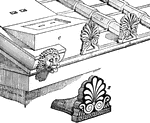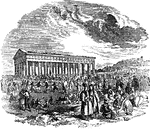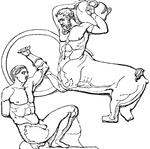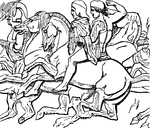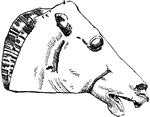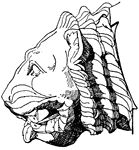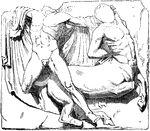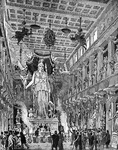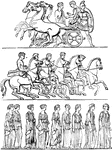Clipart tagged: ‘Parthenon’

The Acropolis of Athens - Restoration of the Propylaea
Illustration of the Acropolis restored to what it may have looked like when originally completed. The…
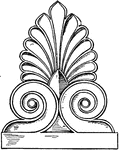
Greek Antefix
The Greek antefix is found in the lower roof line, in front of the imbrices (overlapping roof tiles).…

Ancient Athens
"The mosted noted of the orations of Isocrates is the Panathenaicus or Panegyric of Athens, a work on…

Isocrates
"Isocrates was the son of a prosperous flute-maker; he was born at Athens B.C. 436, and lived till 338.…

Parthenon
"The Parthenon is a celebrated temple at Athens, consecrated to Athena or Minerva, the protectress of…

Parthenon
The Parthenon is the best-known surviving building of Ancient Greece and is regarded as one of the world's…

Parthenon
The Parthenon is a temple of the Greek goddess Athena, built in the 5th century BC on the Athenian Acropolis.…

Parthenon restored
"The Parthenon stood on this highest part of the Acropolis, near its centre, and probably occupied the…
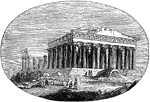
Modern Parthenon
"The Athenians, on their return to Attica, after the defeat of the Persians, found their city ruined…
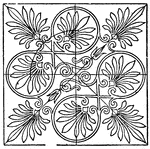
Greek Square Panel
The Greek square panel is found on the coffer of the Parhtenon ceiling, a Greek Temple. This panel is…

The Parthenon
The Parthenon is a temple of the Greek Goddess Athena, who was considered as the protector of the city…
